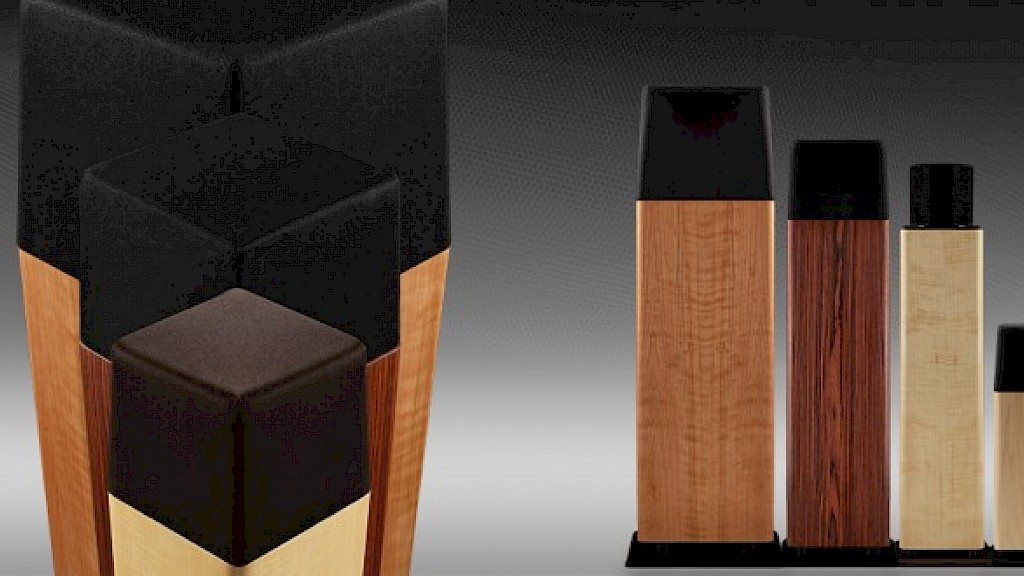SBA: What is Sub-Bass and how do you Activate it?
Extending the deep bass improves the perceived sound quality of almost any speaker. Tests have been performed where the only change in the speaker’s performance is extending bass and the extended bass version is consistently chosen as sounding better. Hoffman’s Iron Law applies to all speakers: the efficiency of a loudspeaker (woofer system) is directly proportional to its cabinet volume and the cube of its low frequency cutoff. This law says the combination of very deep low frequency cutoff, high efficiency and small box does not exist. The low frequency cutoff and the shape of the response above and below this frequency determine how deep and how strong we perceive the bass from the speakers. There are many factors that influence the output. Whether the cabinet is vented or sealed has a big impact which we covered earlier in: Sealed-Box Speakers or Vented: Which Are Better?
Cabinet Design
One of the advantages of the sealed design is that the excursion of the driver below the tuning frequency stays the same (as the output drops at lower frequencies). This reduces the possibility of damaging the woofer when driven at very low frequencies. With digital formats, such as CDs and DVDs, there is often much deeper bass than recording engineers put on LPs because the phono stylus would jump out of the groove trying to negotiate that deep a bass signal!
One of the advantages of the vented design is that as the vent produces more of the output as you go down in frequency toward the tuning frequency; the excursion of the woofer is actually reduced and becomes very small at the tuning frequency (when the vent is doing most of the work). This allows the vented system to play louder (and accept more boost) at that frequency. This is one reason why most powered subwoofers are vented.
Unfortunately, once the frequency goes below the tuning frequency in a vented design, the woofer’s excursion can become very great even as the total output with the vent disappears since the woofer moves in the opposite direction as the movement of the air in the vent. This causes the response to drop off much more quickly in a vented design and leaves the woofer vulnerable to being damaged when driven below the tuning frequency.
Electronics
The electronics in powered subwoofers have a high-pass filter that can eliminate the drive below the tuning frequency and usually boosts the output at the tuning frequency to solve both the excursion problem and maximize the benefit of extension bass. Ohm’s Sub-Bass Activators (SBAs) do the same thing without using extra active electronics. The SBA gives a boost at the tuning frequency while blocking the drive below the tuning frequency. The SBA also gives the designer flexibility to control the shape of the bass response.
What do I mean by the shape of the bass response? Compared to the mid-range or voice-range (about 100 to 3000 Hz,) the bass response can increase for a while then roll off, stay flat then roll off or roll off slowly. These three shapes could all have the same measured – 3dB cutoff frequency; but they would sound quite different. Plus, in my experience, the frequency where the response is down 10 dB is a better measure of the audible cutoff frequency. When you include this deeper bass, there can be greater variations below 100 Hz.
I received patents on the SBA’s design including US 4483015 A. You can go to the USPTOfor the whole document. Basically the SBA is an underdamped (a peak before the fast cutoff) high pass filter lightly coupled to a notch filter. The cutoff is used below the cabinet tuning frequency to eliminate the excess, useless excursion; the peak is at the tuning frequency to get more out of the vent and the notch filter is used above the tuning frequency to achieve the desired shape. The SBA is fairly simple in concept; but much more difficult in execution as some very large (and expensive) parts are needed in the real world. Adding the SBA multiplies the crossover’s cost several times; but we feel the sonic improvement is worth time and effort.
As always, listening is the final test.
See you in two weeks. Until then…
Enjoy & Good Listening!
John
Subscribe to Ohm News & Views to get the latest posts in your inbox
John Strohbeen Author
John Strohbeen was the President and Chief Engineer of Ohm Acoustics from 1978-2023.


